
Editor's Note: This story originally appeared on LawnStarter.
When it comes to bloodsucking beasts, it’s not the undead you should fear. The real monsters under the bed are very much alive. We’re talking bedbugs. If you keep waking up covered in itchy bumps, you can either call a pest control company or learn how to get rid of bedbugs on your own with our tips and tricks.
First, though, you have to determine if what’s biting you are bedbugs. Then you face a choice: Go it alone with DIY methods to heat, freeze, steam, trap, or apply dusts or hire a pest control professional to solve your bedbug problem. Most homeowners opt not to go the DIY route but to call in a pro instead. Keep reading for all the steps to take if you think you have an infestation in your house.
Step 1: Inspect and Identify
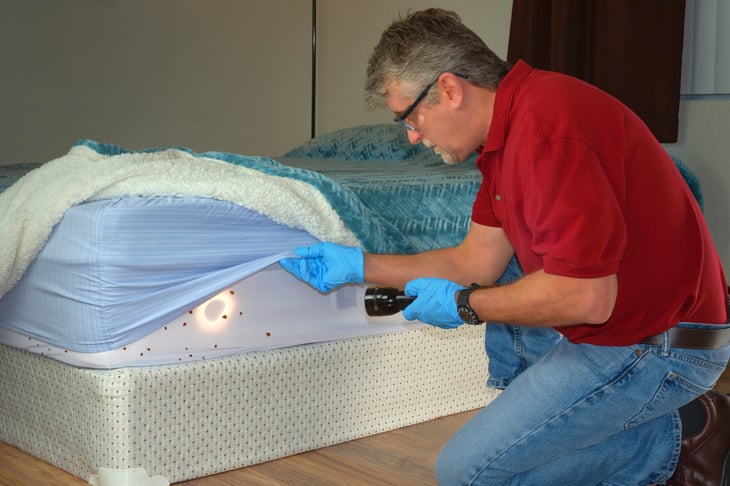
First, you have to make sure the pests you’re dealing with are actually bedbugs and not something else.
Check for signs of bedbugs in their most likely haunts first: bedding, mattresses, headboards, footboards, and box springs. Then, check your flooring, baseboards, window coverings, clothing, bags, stuffed animals, and furniture throughout your house. Just because they’re called bedbugs doesn’t mean they’re confined to the bedroom.
Signs of Bedbugs

These are the signs you’re looking for:
- Small bloodstains in your bed
- Brown or black spots on the bedding, mattress, floor, or wall
- Shed skins and eggshells strewn around the floor or bed
- Musty odor around the bed or other potentially infested areas
What Bedbugs Look Like
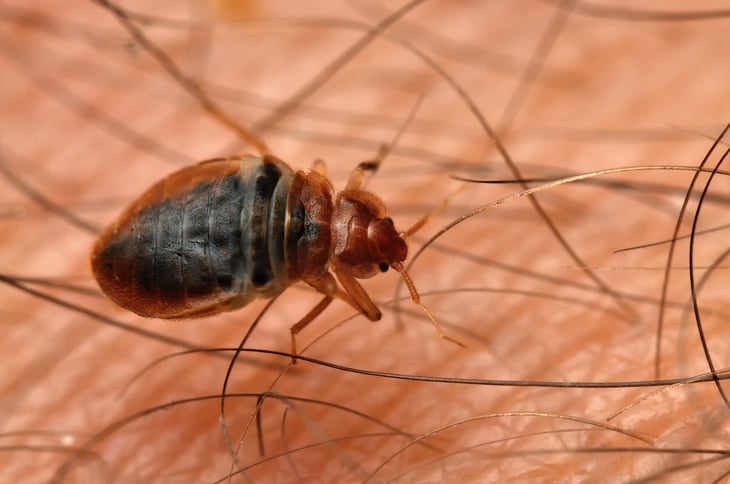
While you’re on the hunt, you might spot some of the bugs themselves, alive or dead. Adult bedbugs are tiny, up to 1/4-inch long (about the size of an apple seed). They have round, flat bodies that are brown or reddish-brown in color. See our other article for more details about what bedbugs look like.
It’s easy to mistake other bugs for bedbugs, so take the time to familiarize yourself with these bedbug look-alikes and how to tell them apart from the real thing.
Step 2: Deep Clean

Once you’re sure you have bedbugs, prevent them from spreading and multiplying with a deep clean. Remember, bedbugs could be lurking in any nook and cranny of your home, so you need to clean the whole house.
Some helpful tips for cleaning out bedbugs:
- Scrub surfaces like your bed, other furniture, walls, and floors with a stiff brush to remove any tiny, unseen eggs.
- Vacuum every inch of your home you possibly can to remove live bedbugs. When you’re done, immediately dispose of the vacuum bag outdoors, away from your home, so the bugs don’t end up right back where you vacuumed them up inside.
- Take apart bed frames, remove drawers, lift up couch cushions, and flip furniture over during your cleaning. Vacuum and scrub every possible surface in your home. Don’t forget about your pets’ bedding and toys.
- Wash all your clothes in hot water then dry them on high heat in case bedbugs have infested your closet or dresser.
- Seal infested bedding, stuffed animals, clothes, or anything else you’ve seen bedbugs on, in an airtight bag before moving them from one place to another. As you carry infested items through the house, bedbugs could drop off and spread to new places. After bagging the items, either put them in the laundry immediately and wash them with hot water or dispose of them in an outdoor trash can.
- Throw out any heavily infested furniture, even if it’s an expensive couch you don’t want to bid farewell. Is keeping the couch worth the constant fear of bedbugs returning? That’s up to you.
- Cover your mattress with a mattress cover to suffocate the bedbugs already inside and prevent more bugs from getting in. Bedbugs can live up to a year without food, so don’t remove the cover for at least one full year.
- Repeat your thorough inspection and cleaning once per week. Bedbugs reproduce quickly, and it’s easy to miss their eggs, so totally getting rid of them can take months.
Step 3: Choose an Extermination Method

Cleaning on its own isn’t enough to wipe out bedbugs completely. They’re tiny enough and wily enough to hide anywhere, including deep inside your furniture where your scrub brush and vacuum could never reach.
If you still don’t want to call a pest control professional, try one (or more) of the following DIY bedbug extermination methods.
Heat
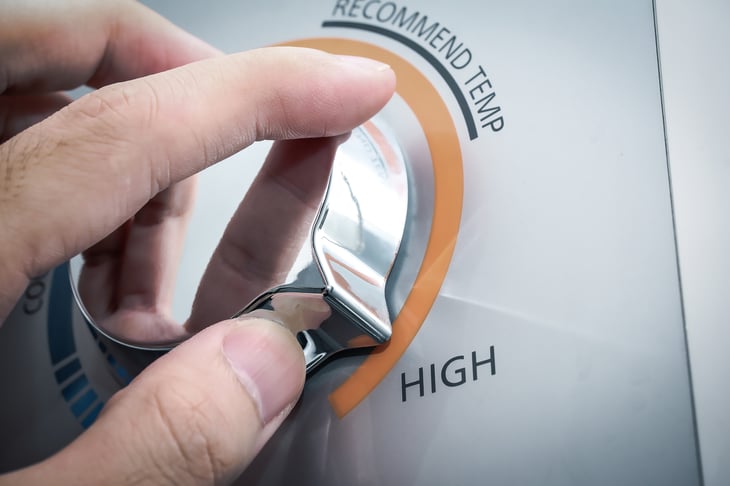
As we touched on briefly above, you can turn your washer and dryer into bedbug-killing machines.
Launder clothes, rugs, curtains, bedding, shoes, cushions, and any other washable materials in hot water for at least 20 minutes. Follow that up with a dryer cycle set to medium-high or high, so the inside of the dryer reaches more than 122 degrees.
Cold

Extreme cold can kill bedbugs, too. The key is to expose infested items to temperatures of zero degrees or below for at least three days straight. Store the objects in your freezer or set larger items, such as furniture, outside on a winter day.
Note: The Environmental Protection Agency (EPA) warns that freezing only works if temperatures remain at zero degrees or below for the full three days. Check your freezer’s temperature with a thermometer to ensure it gets cold enough, or keep an eye on the weather to make sure outside temperatures don’t rise above zero at any time during the three-day period.
Steam
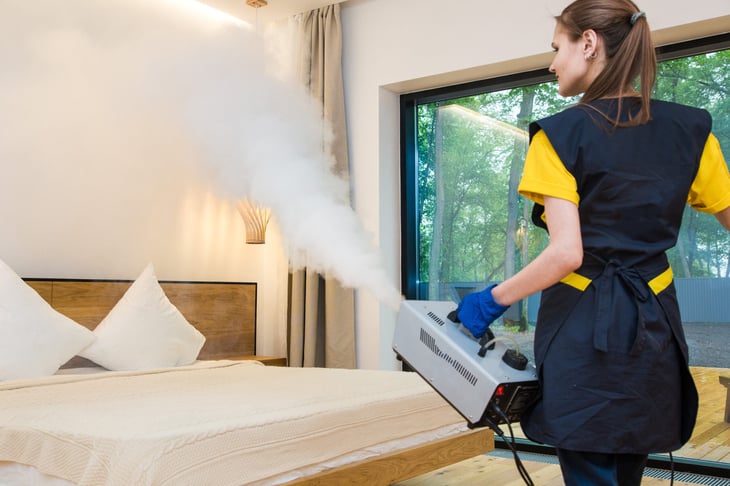
Steam cleaning is great for treating flooring, hard-to-reach areas around baseboards, and cracks in furniture. Steam carpets, wood flooring, and upholstered furniture at 130 degrees with low airflow, so as not to spread bedbugs further.
Traps
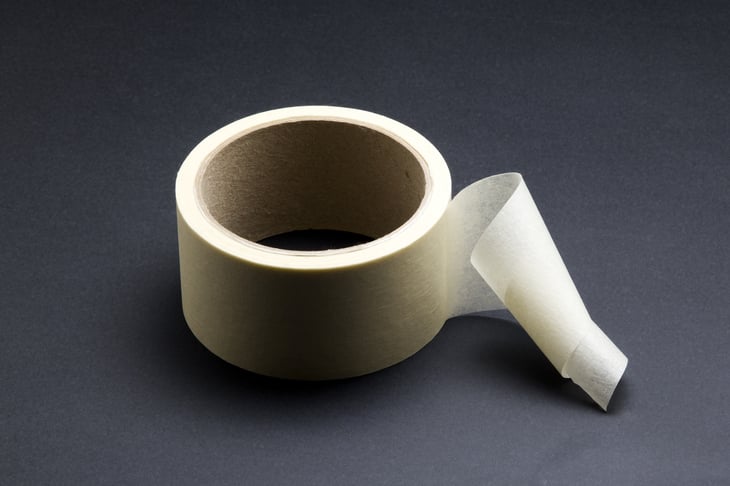
There are a few ways to make DIY bedbug traps. Keep in mind, though, that traps can only eliminate the bedbugs they come in direct contact with. There might be more hiding deep inside your furniture, floor, or walls. Traps can be one piece of a successful bedbug control plan, but you’ll need more than just traps to eliminate an infestation.
Different types of bedbug traps include:
- Duct tape: Stick double-sided duct tape on the floor around the edge of your bed, furniture, and along your baseboards. Wrap the legs of your bed and furniture in more duct tape. Basically, stick the stuff on any hard surface where you might expect to find bedbugs.
- Flypaper: Similar to the duct tape plan, place sticky flypaper anywhere you might expect to find bedbugs.
- Dry ice trap: To create your own dry ice trap, fill a thermos with dry ice, leaving it slightly ajar. The carbon dioxide will attract bedbugs. Set the thermos on top of an upside-down pet feeding dish. Tape a piece of fabric to the outside of the dish to help bedbugs climb up, and cover the inside of the inverted dish with a thin layer of talc powder. The talc powder will trap the insects.
- Bedbug interceptor: A bedbug interceptor is a small, circular device that fits under bedposts and catches these invaders before they can reach your mattress. You can purchase bedbug interceptors or make your own with a few Tupperware containers, some tape, and a hot glue gun.
Dusts
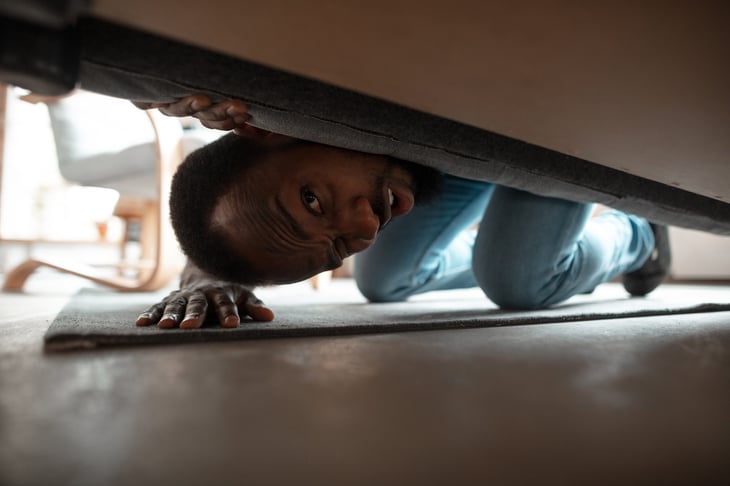
Desiccant dusts such as silica gel or diatomaceous earth (DE) are low-risk to humans but lethal to insects. These dusts work by absorbing the oils and fats from an insect’s body, completely drying it out and killing it via dehydration.
Both silica gel and DE are registered for use against bedbugs, but silica gel seems to be more effective at killing them. Whichever kind of dust you decide to use, spread it around your baseboards, the legs of your furniture, and anywhere else you’ve found bedbugs.
Safety warning: Desiccant dusts can be harmful if ingested. Don’t use them if you have pets or small children in your home who might try a taste.
Step 4: Prevent Future Infestations

Once you get over your first bout of bedbugs, you’ll never want to see them again.
These tips will help you prevent future bedbug infestations:
- Don’t keep anything under your bed, especially anything you bought or received secondhand.
- Store items in airtight storage containers or plastic bags.
- Don’t let laundry pile up on the floor for bedbugs to infest.
- Clean your clothes and luggage with hot water after traveling.
- Never pick up furniture from the side of the road. You never know what might be full of bedbugs.
When you’re tidy and careful about where you get your household items, there’s a much lower chance you’ll get bedbugs. Just in case, though, you should inspect the cracks and crevices of your home for signs of bedbugs every few months.
When to Call a Bedbug Exterminator

As you can see, bedbugs are extremely difficult to get rid of. DIY methods take a lot of time and effort, and they’re still hit-or-miss. The best way to deal with these peskiest of pests is to call an exterminator for help at the first sign of infestation. Pros have the expertise needed to get rid of bedbugs fast, and they have access to products only available for licensed professionals.
FAQ About Bedbug Control

Keep reading for the answers to common questions about bedbugs.
1. Can you use foggers to get rid of bedbugs?
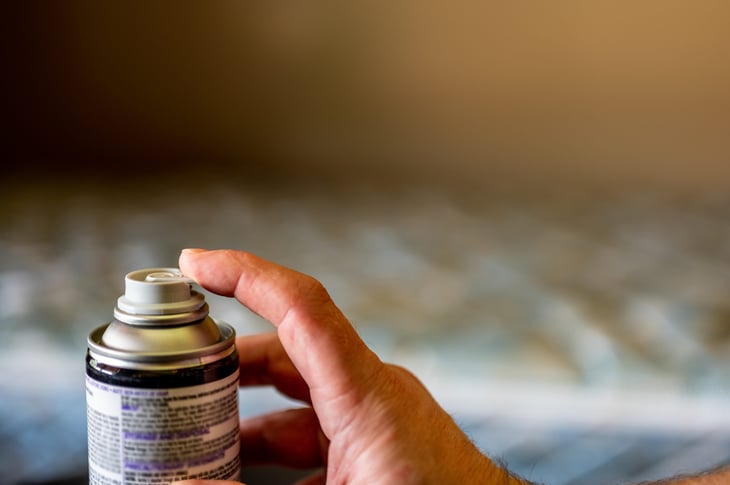
No. Foggers are not considered effective against bedbugs and are not recommended by experts. Why? The poison contained inside is shot into the air, while bedbugs remain on surfaces and concealed in hiding places closer to the ground.
Plus, foggers can be dangerous. The droplets of insecticide are flammable, can irritate people with asthma and other respiratory issues, and can contaminate your or your pets’ food with harmful poison.
2. Do pest control sprays work for bedbugs?
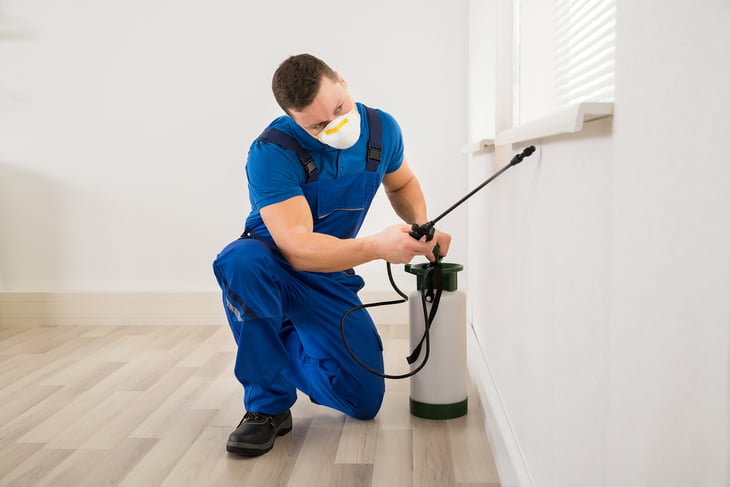
Sprays aren’t effective against a bedbug infestation. No matter what kind of spray you use, it would have to come in contact with every single live bedbug to work. It’s extremely unlikely that you would be able to spray them all in their hiding places, and once the spray dries on a surface, it loses its killing power.
3. How much does it cost to get rid of bedbugs?
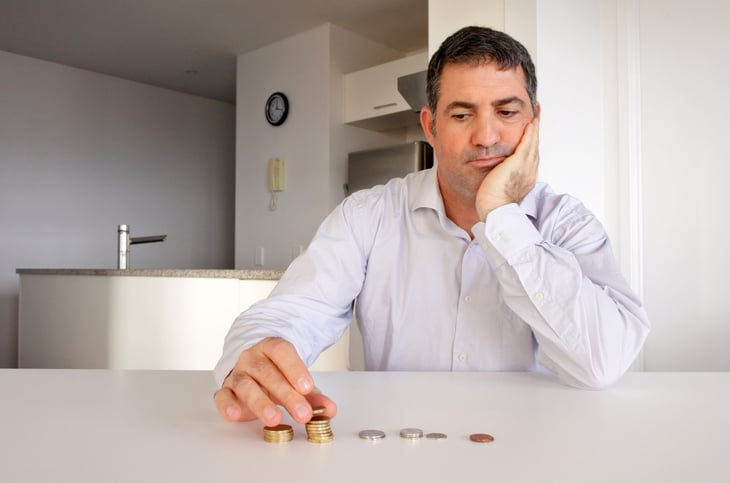
Professional bedbug treatments cost around $1,000 to $2,000 for your whole home, and often involve multiple treatment sessions. You might spend more or less than that range, though, depending on your specific infestation. The only way to get an accurate idea of what you’ll spend is to get a price quote from local exterminators.
4. How do I identify bedbug bites?

Bedbug bites are small, red bumps that look like pimples. They most often appear in groups of three or more, in a straight line. You’ll usually find them on yourself first thing in the morning when you get out of bed.
5. Do bedbugs transmit diseases?
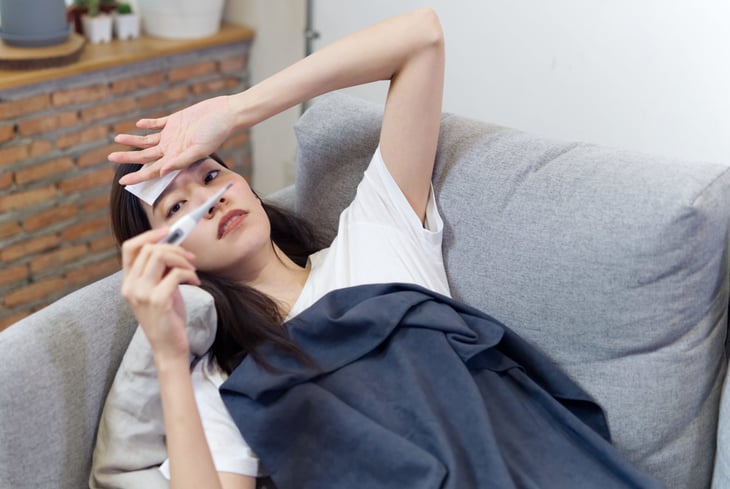
According to the CDC, bedbugs are not known to spread disease.
6. Should I throw away my old mattress once my home has been treated for bedbugs?
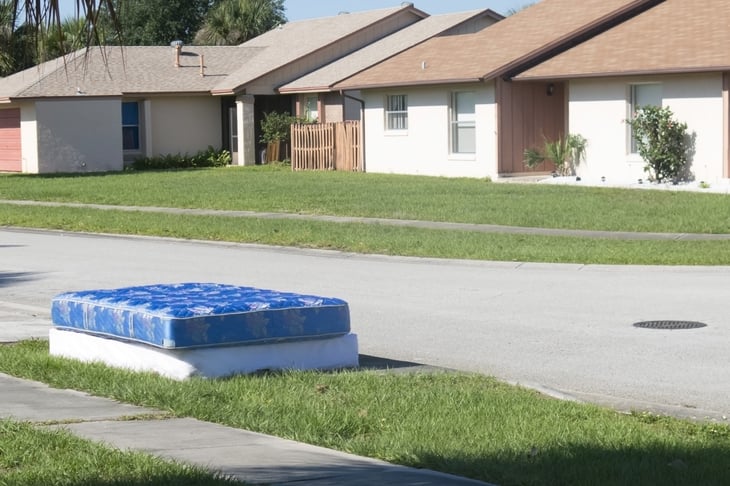
No. In fact, moving your mattress and box spring at all can spread the bedbugs to other parts of your home. Instead, remove all bedding and linens and wash them in hot water.
Have a bedbug exterminator treat your mattress to kill the bedbugs or try these DIY methods of cleaning your mattress:
- Steam your mattress at a temperature of at least 120 degrees Fahrenheit.
- Vacuum the mattress, box spring, and surrounding area with the vacuum hose and dispose of the bag in an outdoor trash can. Repeat as necessary until you no longer find any signs of bedbugs.
- Take the bed frame apart and thoroughly scrub every nook and cranny with a stiff brush and soapy water.
- Put a cover on your mattress and box spring to smother bedbugs and keep them from spreading. Don’t remove the cover for at least a full year.






Add a Comment
Our Policy: We welcome relevant and respectful comments in order to foster healthy and informative discussions. All other comments may be removed. Comments with links are automatically held for moderation.